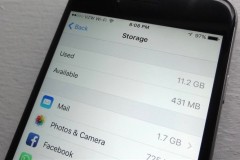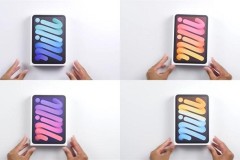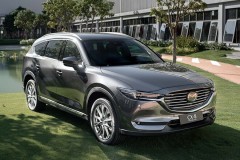Rueil-Malmaison, France, Jan. 30, 2025 (GLOBE NEWSWIRE) -- Schneider Electric, the leader in the digital transformation of energy management and automation, today released the third edition of its consumer survey in a white paper titled Evolving home energy consumption: Intentions, actions and hurdles to greater home energy efficiency. It surveyed 13,000 people from 11 countries across the world uncovering global attitudes toward household energy efficiency, sustainability and smart home technology.
Gap between awareness and action
Home energy consumption is the main driver of home emissions and has increased steadily over recent years with the spread of energy-consuming devices and appliances. This trend, coupled with skyrocketing energy costs and dramatic real-life impacts of climate change, has driven awareness of home energy consumption.
Given this, the report focuses on behaviors, barriers and readiness to adopt energy-saving solutions. Notably, this year’s results highlight a wide gap between awareness and action. 82% of respondents consider energy efficiency 'somewhat important' or 'very important,' whilst 84% said energy efficiency is the top desired home improvement, and 70% responded that reducing their carbon footprint is ‘important’ to them.
However, only a few are taking the most impactful actions to reduce their energy consumption; just 44% regularly adjust their ambient temperatures, despite this being one of the highest-impact actions. At the same time, 58% of homeowners turn off lights as their primary strategy for saving energy, while lighting only comprising around 5% of electricity bills. The second-most popular method, unplugging unused chargers (48%), also has minimal impact — saving only $0.26 per charger annually.
Home energy technology
The report reveals another overemphasis on lighting when it comes to the types of home energy technology consumers have in their homes, with 52% of consumers believing that smart lighting enhances energy efficiency. While 24% own smart lighting, only 21% have a smart thermostat, with less than half (46%) acknowledging its energy-saving benefits, despite evidence showing it could reduce bills by up to 30% annually.
For the first time, the survey explored attitudes toward artificial intelligence (AI). Despite predictions that AI and automation could help mitigate up to 10% of global GHG emissions, 44% of respondents said they would never rely on AI for household tasks, 35% don’t fully understand it, and 41% want to actively avoid it. In addition, 52% believe smart home technology is too expensive, even though connected homes can achieve energy savings of up to 22%.
The survey also shows an awareness gap for more traditional home technology: 30% of respondents don’t know what their electrical panel does, and 16% don’t know its location. The electrical panel is at the heart of the home’s power system and acts as the gatekeeper for ensuring the safety of electrical devices and appliances, therefore this lack of knowledge poses potential serious safety risks if the condition of the panel is ignored as homes become more electrified.
“Consumers want to reduce their energy bill, increase their energy reliability and increase energy efficiency in their homes. Yet, there exists a gap between intention and action. The technology to enhance home energy efficiency exists today but there is a lack of awareness of the most impactful ways to deploy it,” said Michael Lotfy Gierges, Executive Vice President of Home & Distribution at Schneider Electric. “Through greater electrification and digitalization, home energy use can be better measured, controlled and transitioned to more renewable sources.”
To download the full Schneider Electric Home & Distribution 2024 Consumer Survey Report, please visit: https://www.se.com/ww/en/insights/electricity-4-0/electrification/evolving-home-energy-consumption/
Attachment
- 2024 Consumer Survey Press Release_FINAL.pdf

Global PR Central Team











